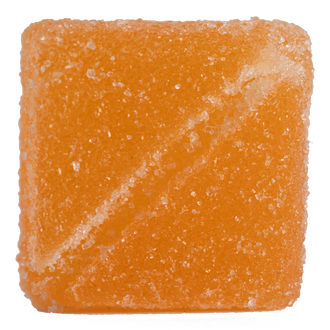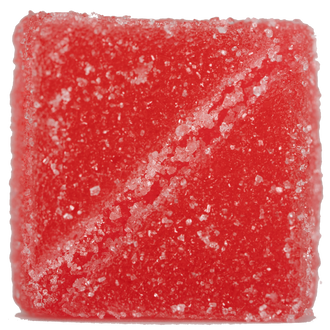HEMP FACTS
We're in the pursuit of understanding the complex world of hemp and C. Sativa (or Cannabis).
Find info from the latest published studies and blog posts from Founder –Matt Robidou's – research in the Plant Studies program at The University of Minnesota.
We have a heavy focus on understanding the connection between cannabinoids and the body's system built for them, called the endocannabinoid system. Dive in to learn more, or drop us a line on the contact page to discuss a specific topic.
















